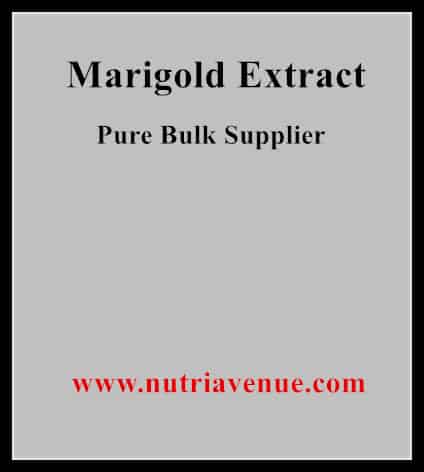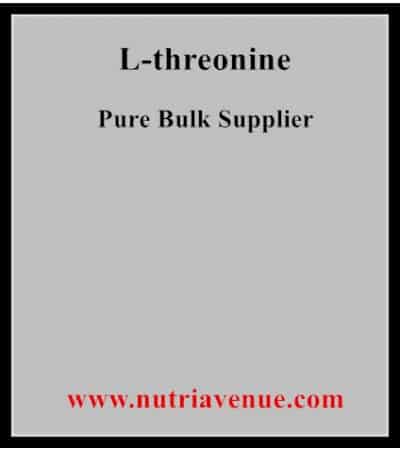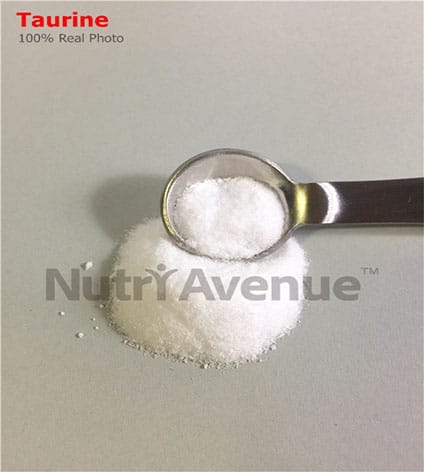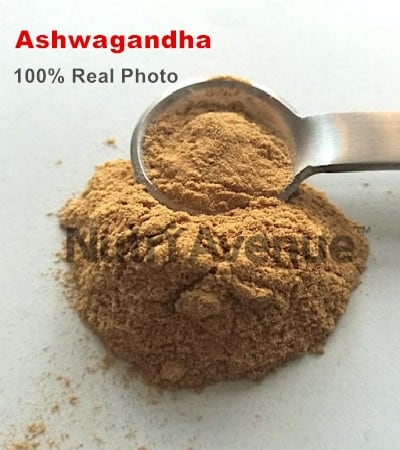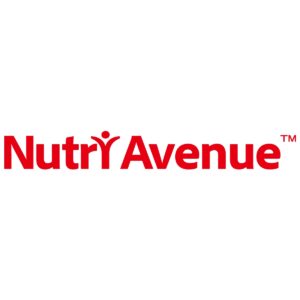What Is Marigold Extract?
Marigold extract is derived from the plant’s flowers (Tagetes erecta). It is also known as calendula extract or lutein extract. Marigold extract is commonly used in cosmetics and personal care products because it contains compounds believed to have anti-inflammatory, antioxidant, and wound-healing properties.
One of the essential compounds found in the marigold extract is lutein, a carotenoid and a natural pigment in many fruits and vegetables. Lutein is known for its antioxidant properties and is believed to help protect the skin from damage caused by free radicals.
Marigold extract is frequently utilized in supplements, particularly those intended for promoting ocular health. Lutein accumulates in the eye’s macula, potentially protecting against age-related macular degeneration and other ocular ailments.
Marigold extract is a versatile substance with potential health benefits, commonly utilized in various products such as cosmetics and supplements.
Marigold powder extract is not a single compound with a specific molecular formula and weight. Instead, it is a complex mixture of ingredients, including various carotenoids, flavonoids included in Quercetin and Kaempferol, and other bioactive substances that vary depending on the extraction method and the part of the marigold plant used.
| Molecular Formula |
|
| Molecular Weight |
|
Common Marigold Extract Powder Specifications
The possible purities of the marigold extract can vary depending on the specific extraction method used and the intended use of the extract. However, here are some general guidelines:
- Marigold Extract Powder 5%
This low-purity marigold extract contains only 5% active ingredients. It may be used for specific applications with a low concentration of active compounds.
- Marigold Extract Powder 10%
This is a slightly higher-purity marigold extract that contains 10% active ingredients. It may be used for applications with a higher concentration of active compounds.
- Marigold Extract Powder 20%
This medium-purity marigold extract contains 20% active ingredients. It may be used in dietary supplements and functional foods where a higher concentration of active compounds is desired.
- Marigold Extract Powder 40%
This high-purity marigold extract contains 40% active ingredients. It is often used to produce pharmaceuticals and nutraceuticals where a very high concentration of active compounds is required.
- Marigold Extract Powder 80%
This ultra-high purity marigold extract contains 80% active ingredients. It is typically used for pharmaceutical applications where a very high concentration of active compounds is essential.
| Type | Plant Extract/Herbal Extract |
| Appearance | Fine powder or granular form, light yellow to orange-yellow in color. |
| Content | Lutein content of 5% to 20%, and zeaxanthin content of up to 2%. Other carotenoids may also be present in varying amounts. |
| Purity | Minimum 98% |
| Particle Size | 80-100 mesh (177-149 microns) |
| Certifications | Non-GMO, Halal, and Kosher certified |
| Solvent | Ethanol, hexane, or CO2 |
| Water Content | Maximum 5% |
| Test Method | HPLC, UV-Vis spectrophotometry, GC-MS |
| MOQ (minimum order quantity) | 1kg |
| Sample | Available (10-20g/bag) |
| OEM Service | Available, such as capsules, tablets, pills, etc. |
| ODM Service | Available |
| Private Label | Available |
| Contract Manufacturing | Available |
What Is The Source Of Marigold Powder?
The marigold powder is obtained from Tagetes erecta flower petals. Originally from Mexico and Central America, Marigold is now globally cultivated for ornamental, culinary, and medicinal purposes.
The powder is typically produced by drying, grinding, and sieving the marigold petals. The resulting powder can be used as a natural food coloring or a dietary supplement, as it is rich in carotenoids such as lutein and zeaxanthin.
The marigold powder may also be used in cosmetic formulations, as it can provide skin benefits such as antioxidant protection and anti-inflammatory effects.
More Information
What is Marigold Extract healthy benefits?
The marigold extract has several potential health benefits due to its rich content of carotenoids, particularly lutein and zeaxanthin. Some of the potential health benefits of marigold extract are:
- Supports eye health: Lutein and zeaxanthin accumulate in the eye’s macula, where they help protect against damage from blue light and oxidative stress. It may help reduce the risk of age-related macular degeneration and cataracts.
- May improve skin health: Marigold extract possesses antioxidant and anti-inflammatory characteristics that could mitigate skin damage and inflammation from environmental stressors such as UV radiation and pollution.
- Supports heart health: Carotenoids have been shown to reduce the risk of heart disease by reducing inflammation and oxidative stress, as indicated by some studies.
- May help reduce inflammation: Marigold extract exhibits anti-inflammatory properties that could alleviate symptoms of arthritis, asthma, and inflammatory bowel disease.
- May support cognitive function: Some studies suggest that lutein and zeaxanthin may help improve cognitive function and memory, particularly in older adults.
Where can I buy Marigold powder extract?
Nutri Avenue is a reliable source of marigold powder extract. As a professional supplement ingredients supplier, we provide premium marigold extract for diverse uses, such as personal care and dietary supplements. Nutri Avenue is preferred for marigold extract due to its competitive pricing and superior customer service.
What Is Marigold Powder Manufacturing Process?
The manufacturing process for marigold powder typically involves the following steps:
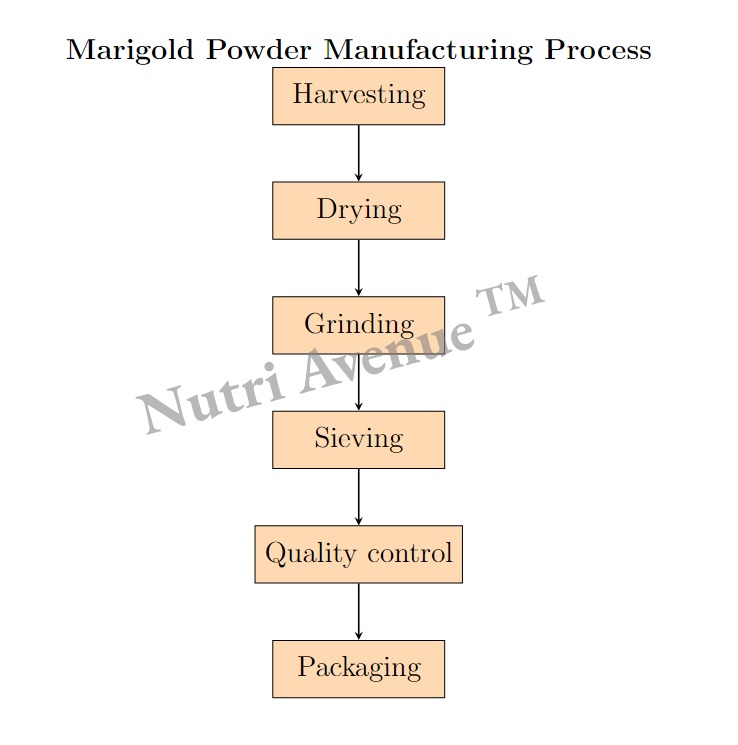
FAQs
Lutein and zeaxanthin are carotenoids extracted from marigold petals, known for their antioxidant properties and ability to protect against damage from blue light in the retina. They are commonly used in dietary supplements and as a natural food coloring.
When making marigold extract, the petals of the marigold flower are harvested, dried, and then processed to extract beneficial compounds, such as lutein and zeaxanthin. The petals contain the highest concentration of these compounds, making them the preferred plant part for extraction.
The FDA regulates the safety and labeling of dietary supplements such as marigold extract but does not approve them. Nutritional supplement manufacturers are responsible for ensuring their products’ safety and quality. The FDA has the authority to penalize companies that engage in deceptive marketing or distribute hazardous or contaminated dietary supplements.

